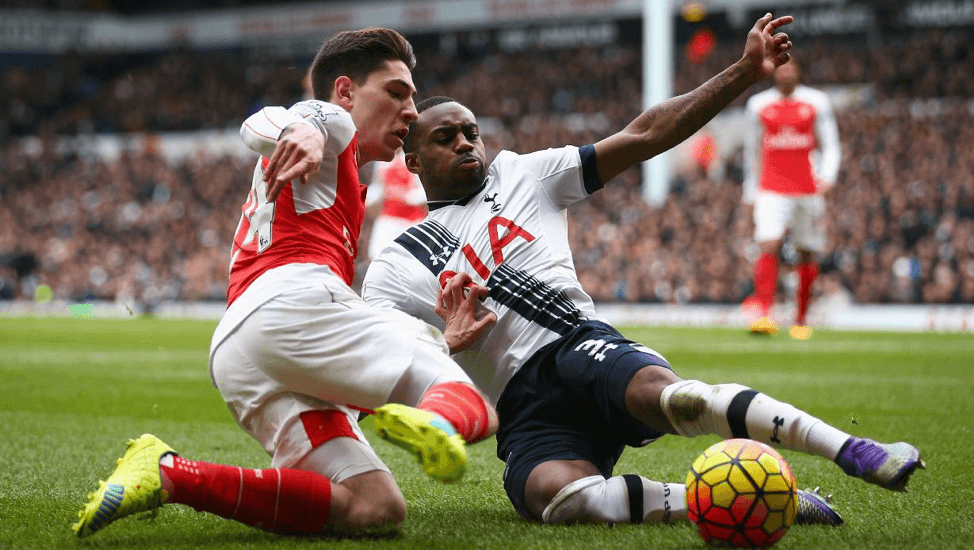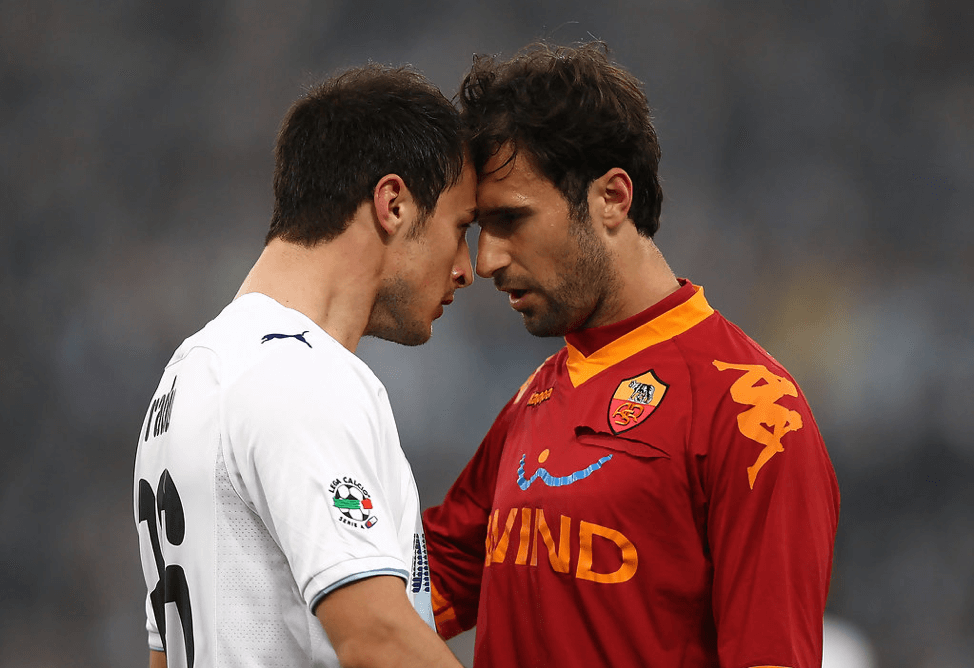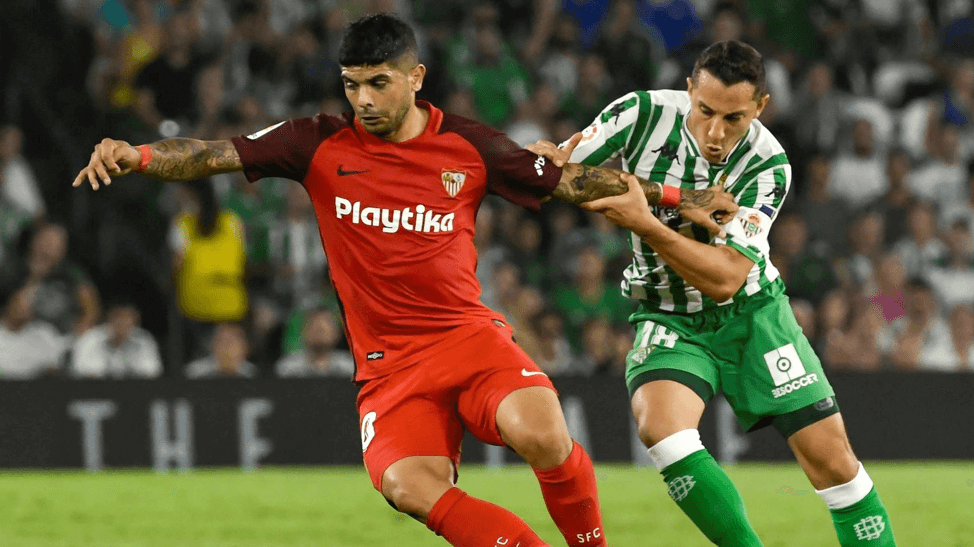Delving Into The Overlooked Transfer Approach Of Signing Players From Relegated Clubs
With all the hubbub and commotion created by the top-flight teams in the transfer market, the Premier League expenditure has once again exceeded that of their European counterparts. The television deal and additional revenues do help, with Aston Villa typifying the foolhardy surcharge usually created by newcomers in the league, who more often than not, fail. The Villains’ contribution was massive in the league, emerging as the 4th highest spenders in a season where all 20 clubs amassed a total of €1.561 billion in transfers for the 2019/20 season. Fellow promoted clubs, Norwich City and Sheffield United followed suit, spending a total of €51.67 million. The amount of money spent by the promoted teams in the league is at an all-time high, with this campaign’s total only behind to the previous season’s tally which was €252.15 million.
The threat of relegation has always petrified the teams in the league as a succession of errors could breed a potential spiralling-down of the club in monetary terms. Often, the rule of thumb for the relegated clubs is to offload as much money as possible to keep them afloat in the Championship. And this usually satisfies both parties- the recipients who revel in the cut-price acquisition of the player and the selling-club; who find the wages overwhelming in a newer, less-affluent division of football.
Most of the scepticism is rooted in the detriment of the potential target playing for a side that have failed to walk the walk on the pitch; one that is surrounded by players destined for relegation. How then, should an interested party invest meticulously in a player who has been engulfed in mediocrity?
This was the case for former Fulham boy-wonder, Ryan Sessegnon, a young and versatile left-back with a penchant for marauding down the wings and causing mayhem, especially in an advanced role further forward. The 2017/18 Championship player of the year, hailed for his flair and quality in front of goal, had acclimatised to three different management styles in the following season at Fulham who were eventually relegated.
Tottenham Hotspur and their highly credited recruitment team were convinced of his skills and forked up €27 million for his services. The 19-year-old, like many of the players who bounce back in the top-flight with another club, had been purchased for a diminished transfer fee, as opposed to his original, high market value. Shrewd business as well as a player that could stake his claim at Spurs for years to come, this was as ‘two birds, one stone’ as it could get for Daniel Levy.
Some of Jürgen Klopp’s most important signings were conducted in a similar vein. Łukasz Piszczek, Roman Bürki, Andrew Robertson, Georginio Wijnaldum and Xherdan Shaqiri – all bought from relegated sides can be classed as the archetypal Klopp signing. This batch of promising talents had been carefully and slowly integrated into the squad after their purchase. A purchase, which was devoid of any hassles and complications one might encounter when buying from a top-flight team. The addition of most of these players has evidently been cemented into the legend of the Champions League as well as the German and English top-flight, especially for Robertson, who evolved his game to such an extent that he is now considered to be the best in his position on the planet, just two-and-a-half years after suffering relegation with Hull City.
Fellow Hull defender, Harry Maguire joined the Tigers in the same transfer window as the Scottish skipper, making his way on to Leicester City and their acquisition of the burly central defender was testament to their calculated business approach; one in which their sustainable development project complemented their incredible eye for potential upturns in business.
Joining the Foxes for what initially seemed like a steep £12 million fee, Maguire expertly filled Wes Morgan’s boots and quickly evolved into one of the league’s best defenders and when the opportunity arose to sell the Englishman, the 2015-16 Premier League winners reaped the rewards after selling him for a record £80 million to Manchester United.

The rise of Robertson and Maguire are what dreams are made of, in both footballing and financial terms
The healthy practice of picking up the leftovers has generally paid dividends, none more so than for Manchester United after the relegation of Nottingham Forest in 1993. Brian Clough’s men finished dead last in the first-ever Premier League campaign despite Roy Keane’s marvellous efforts to keep them in the league. The Irishman was unconventionally included in the PFA Team of the Season. Shortly after, United broke the bank and signed the Irish international for a record £3.75 million.
12 years and 17 trophies later, Keane left the club and the league as one of their finest ever players and an era-defining leader of men.

To class Manchester United’s acquisition of Roy Keane as just a bargain is as massive an understatement as the player himself
The art of signing a player from the lower reaches of the divisions is quite pragmatic, especially for teams who do not possess the scouting resources or the allure of the upper echelon of the footballing landscape. The signings are on the cheap – fewer pay-outs often mean lesser risks, even if the player is intended to remain as a fill-in. This alternative will at least prove to be foolproof if buying domestically, especially in cases where tried and tested talents who have performed well in the top-flight are on the club’s transfer wishlist. As was the case with Aaron Mooy and Brighton and Hove Albion.
Mooy’s quality was there for all to see in an otherwise incompetent and listless Huddersfield side. After Huddersfield went down, Brighton picked the Australian from right under their noses. Mooy was too good to play in the Championship and has now quickly blossomed into the Seagulls’ new talisman and it would be no surprise to see the classy midfielder further climbing the ladder of the English top-flight.

West Ham’s Scott Parker led a similar fate post-relegation in 2011. After collecting the Football Writers’ Association’s Player of the Season award, the midfielder left for pastures new in Spurs where he had an instant impact – the England international was named their Player of the Season in his first campaign at the club.
The inclusion of matchday statistics, player behaviours and attributes on easily accessible websites and a variety of tools have had a monumental impact on the worldwide scouting network. No longer is the network shrouded in mystery and accessible to the very few, but rather attainable to even novices all over the world. During this period of information explosion, football clubs can now specifically tailor their transfer shortlist based on their principles.
Hertha Berlin’s introduction to the group of the nouveau-riche commenced with the signing of the highly-rated Argentine Santiago Ascacibar. After a surprising lack of takers, Hertha paid last season’s relegated VfB Stuttgart a lowly fee of €10 million for the defensive-midfielder who produced some of best numbers in the Bundesliga last season. Including one of the best tackles and interceptions records in the league from a central midfield position is how the German outfit got an insight into a player that could dictate play as well as defend.
The infamous Roberto Firmino transfer from Figueirense to Hoffenheim also stemmed from the adoption of a scouting method that is conventional, yet immensely unorthodox. Hoffenheim chief scout Lutz Pfannenstiel pointed to the impact of simulation video game, ‘Football Manager’ in acquiring the Brazilian forward’s services.
“We learned about him through Football Manager, a scout took notice of his development in the game so we decided to go and observe him in Brazil. We then saw in person everything that the game predicted and decide to take a chance and sign him. In the end, we sold him for €42 million with bonuses so I think we did pretty well. I think it was good scouting.”

From being a highly-rated prospect on Football Manager to winning a Champions League medal, scouting tales don’t get more unique than Firmino’s
Since his transfer from the Brazilian Serie B to the German top-flight in 2010, advanced methods of player analyses have risen. From information-based video games to the workaday Twitter scouting accounts; the change for the future in terms of unearthing talents with incredible ceilings has been nothing short of spectacular.
With the help of technology, player recruitments vis-a-vis their compatibility has never been higher – and can serve as a model to be emulated for the teams of tomorrow.
There are better alternatives to splashing the cash on the poster boys of football and looking out for bargains that ply their trade for the so-called lesser teams just might be the way to go.
Read More
THE NORTH LONDON DERBY: IT’S ALL ON THE LINE
ANIRUDH SOMAN
RIVALRIES
LAZIO VS ROMA: A FEUD THAT KNOWS NO END
SRINIVAS SADHANAND
RIVALRIES
REAL BETIS VS SEVILLA: THE GREAT ANDALUSIAN WAR
ADITYA GOKHALE
RIVALRIES



